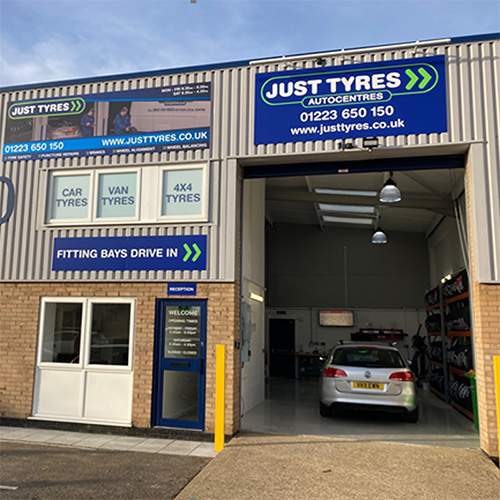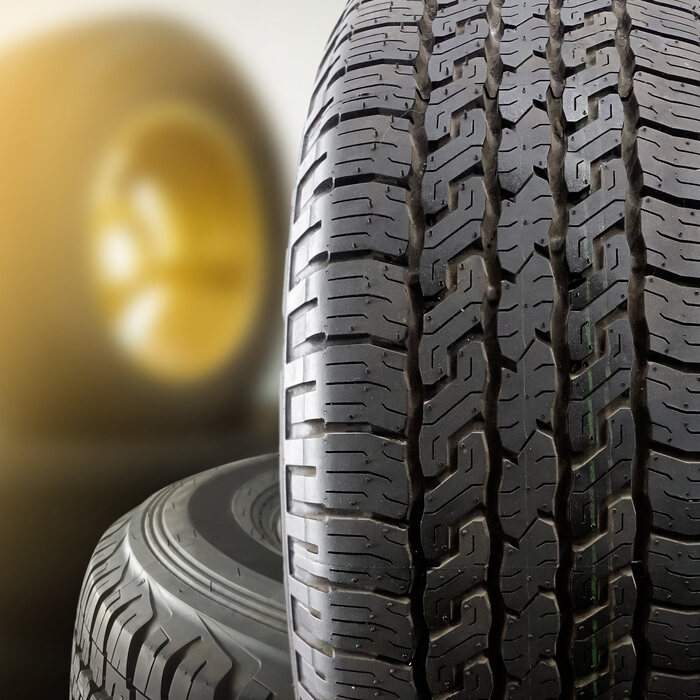WHAT CAUSES PITTED BRAKE DISCS?
It goes without saying that your brakes are one of the most important parts of your vehicle, which means they need to be looked after to ensure they’re safe and in the best possible condition.
When problems with your brakes arise they can develop into serious issues, so you must be vigilant so you’re able to catch any potential problems early - and that includes pitted brake discs.
What do your brake discs do?
Brake discs are the part of your vehicle's braking system that do the actual stopping, by causing friction against the brake pads when you put your foot on the pedal. They’re discs, usually made from iron, that are able to withstand the huge amounts of pressure and heat generated by consistently stopping your vehicle.
What are pitted brake discs?
Pitted brake discs are when numerous, small, shallow holes form across the surface of your brake disc. It’s a type of corrosion damage, and will generally get worse over time.
Why do pitted brake discs happen?
Just like most other moving parts on your vehicle, your brake discs are prone to wear and damage over time. And because they’re made from iron, which may be strong and durable, it’s also susceptible to corrosion in the form of rust.
Light rust will be removed from your brake discs by frequently using your vehicle, and is rubbed away by the brake pads. However, more severe rust won’t be removed as easily, and can lead to irreversible corrosion.
This corrosion can form small grooves or indentations along the surface of the brake disc. They will usually get worse over time, and can have an impact on the overall performance of your brakes. This is what is known as pitted brake discs.
What happens when you have pitted brake discs?
To begin with, pitted brakes won’t affect your vehicle's braking capabilities, but they are an early sign of corrosion that - over time - will lead to your brakes becoming less effective.
While slightly corroded discs alone aren’t enough to cause your vehicle to fail its MOT, you should take it as a warning that it’s inevitable your brake discs will be declared as seriously weakened, and therefore no longer suitable.
How to tell if you have pitted brake discs
To check your brake discs for signs of corrosion, you’ll need to remove your tyre so you can get full access to undertake an inspection. Unless you’re confident at removing your tyres to check your brake discs yourself, it’s recommended that you speak to a tyre or brake professional who’ll be able to help you with this.
There are a number of signs to be aware of that may mean your brake discs are corroding:
- Squeaking, squealing or grinding sounds
- Any shaking or shuddering when braking
- The vehicle pulling to one side
- The car handling differently to normal
- The acceleration feeling less powerful
If you spot any of these signs it’s recommended that you have your vehicle checked out.
How to prevent rusted and pitted brake discs
The main reason brake discs rust and become pitted is overexposure to moisture. Where possible, keep your wheels and tyres clean and dry.
The longer your vehicle remains stationary, the more likely it will develop a build-up of rust. Ordinarily this would rub off your brake discs as the brake pads apply pressure, but if you’re not driving the vehicle, then of course that won't happen.
Try to drive your vehicle at least once every two weeks for thirty minutes, or preferably longer if possible. Not only will this help prevent the brake discs corroding, but also prevent other parts of the vehicle from corroding, seizing, or wearing due to the lack of regular use.
Can pitted brake discs be repaired?
Unfortunately not. As mentioned earlier, while pitted brake discs don’t always have to be replaced immediately, they are a sign of damage that will get worse and affect your braking over time.
If your brake discs are rusted and pitted and your braking is affected, you’ll need to have them replaced as soon as possible.
Let an expert take a look at your brakes
It’s vital you take good care of your brakes so they can take good care of you. If you have any questions or concerns about your brakes, one of the experts at your local Just Tyres will be able to help.
Or, if you’re in need of new tyres, our quick and easy to use tool allows you to just pop in your vehicle reg and buy new tyres online today.






 Same Day Fitting. Order By 10:30am
Same Day Fitting. Order By 10:30am
 39 Nationwide Fitting Centres
39 Nationwide Fitting Centres
 5 Year Warranty On All Tyres
5 Year Warranty On All Tyres
 Price Check Promise. Always Great Deals
Price Check Promise. Always Great Deals

 Find a Centre
Find a Centre


